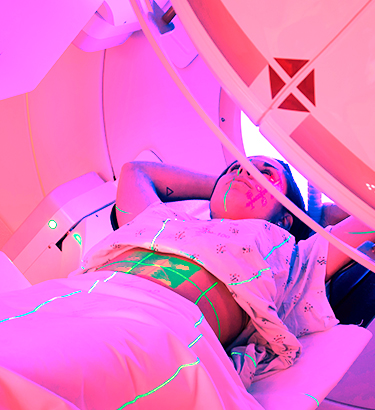The study focused not on better outcomes from the radiation treatment but on improved quality of life for breast cancer patients, according to the study's lead author, Danny Vesprini, M.D., an assistant professor at the University of Toronto and a radiation oncologist at Odette Cancer Centre at Sunnybrook Hospital.
"What we showed was that if you compared women that were on their belly, which was the experimental arm, to those that were on their back, which is the standard way to treat people, the women on their belly were less likely to develop the skin breakdown and less likely to have pain," he said.
Women with larger breasts tend to experience more skin irritation following treatment, explained Eugene Shieh, M.D., a radiation oncologist with GenesisCare in Florida.
"It is a not uncommon event for women undergoing breast radiation, especially larger-breasted women," said Shieh, who was not affiliated with the study. "Typically, it happens in areas where there are skinfolds, such as below the breast or close to the armpit. Those folds are more prevalent in larger-breasted women."
When women with larger breasts lie facedown, their breasts pull away from the chest wall, resulting in fewer skinfolds and side effects to the skin. It's possible women with smaller breasts could benefit as well, but this trial was designed for women with D-cups or larger because they're more at risk for developing those skin reactions.
"A woman with a C-cup very well may benefit the same way, but their risk of getting the side effect in regards to the skin breakdown is a lower percentage to start off with," Vesprini said.











